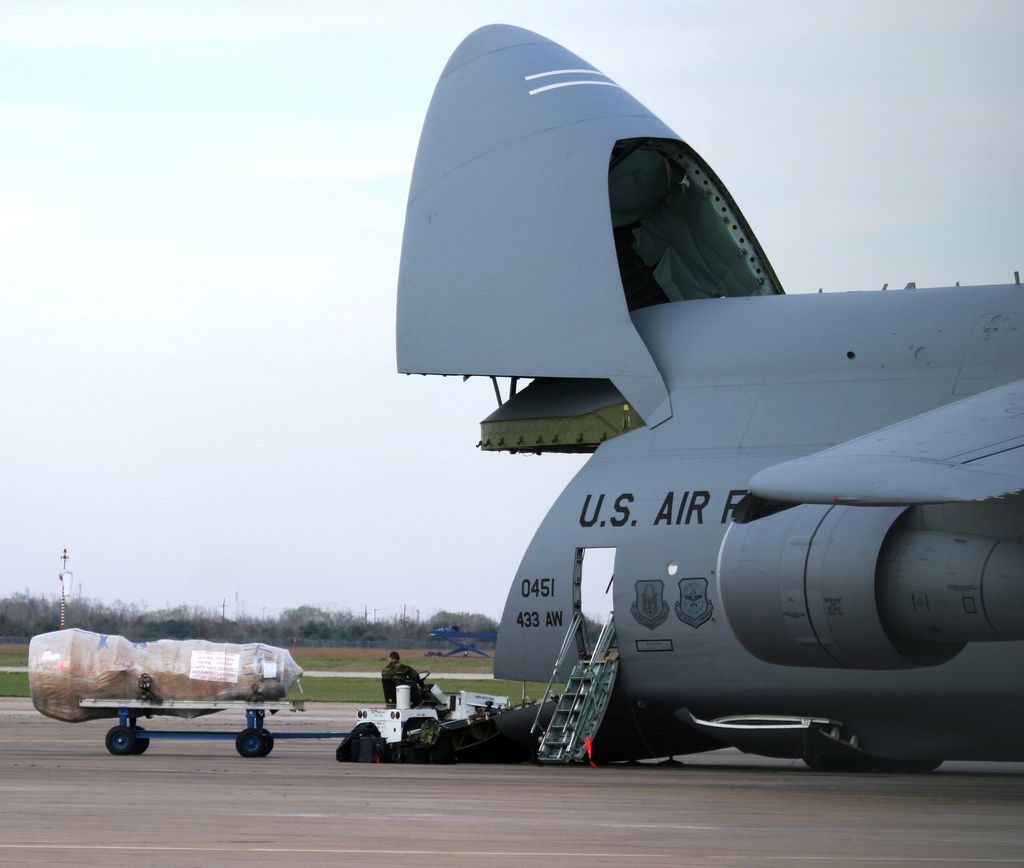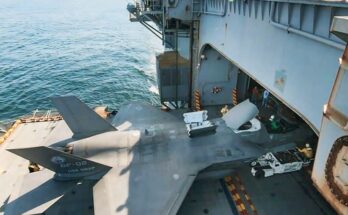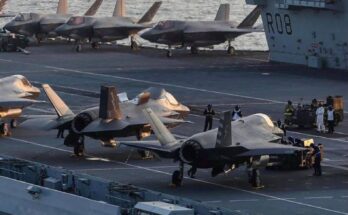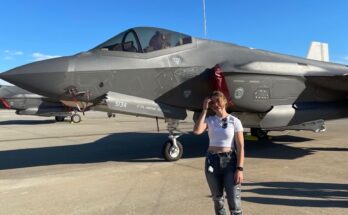
The Lockheed C-5 Galaxy is one of the most iconic and capable military transport aircraft in aviation history. Designed in the 1960s by Lockheed, the C-5 was built to meet the United States Air Force’s need for a heavy airlifter that could carry massive amounts of cargo over long distances. With its first flight in 1968, the aircraft immediately stood out as one of the largest in the world, and decades later, it still holds that distinction. Its size, range, and cargo-handling capabilities have made it a backbone of U.S. strategic airlift operations for over half a century.
The C-5 is enormous by any standard. Measuring 247 feet in length with a wingspan of 222 feet, it can easily dwarf many commercial airliners. The aircraft has a distinctive high T-tail and a unique nose that can be raised to allow cargo to be driven straight into the fuselage. This feature, combined with a rear-loading ramp, enables “drive-through” loading and unloading, drastically cutting down the time needed to deploy vehicles, helicopters, and oversized equipment. The cargo hold itself is cavernous, capable of carrying two M1 Abrams tanks, several helicopters, or a wide variety of trucks and armored vehicles. In total, it can handle up to 281,000 pounds of cargo.
Range is another critical factor that makes the C-5 so effective. Fully loaded, the aircraft can fly over 5,500 miles without refueling, allowing it to connect distant continents in a single flight. With in-air refueling, its reach becomes virtually unlimited. This ability has been vital in supporting U.S. military operations around the globe, from rapid deployments during the Gulf War to ongoing missions that require heavy equipment to be transported quickly.
The aircraft has gone through several upgrades to keep it modern and reliable. The most notable program, the C-5M Super Galaxy modernization, gave the fleet new engines, updated avionics, and structural enhancements. The newer General Electric CF6 engines provide better fuel efficiency, greater thrust, and quieter operation compared to the original engines. These improvements not only extended the aircraft’s service life but also allowed it to operate more effectively in today’s demanding environment.
Despite its size, the C-5 can operate from surprisingly austere airfields. Its landing gear, with 28 wheels, distributes its massive weight and allows it to land on runways that might otherwise be unsuitable for such a heavy aircraft. The ability to bring enormous amounts of cargo into remote or underdeveloped locations has proven critical in both combat and humanitarian missions.
Beyond its technical features, the C-5 Galaxy has played an important role in shaping U.S. global reach. It has been used not only to move military equipment but also to deliver aid during natural disasters, transport satellites for NASA, and support international peacekeeping efforts. Its versatility has made it more than just a warplane; it is a symbol of logistical power.
Today, the C-5 Galaxy remains one of the largest aircraft ever built and continues to serve as a vital tool for the U.S. Air Force. With its blend of size, strength, and adaptability, it ensures that America can project power and provide aid anywhere in the world, whenever the need arises.


